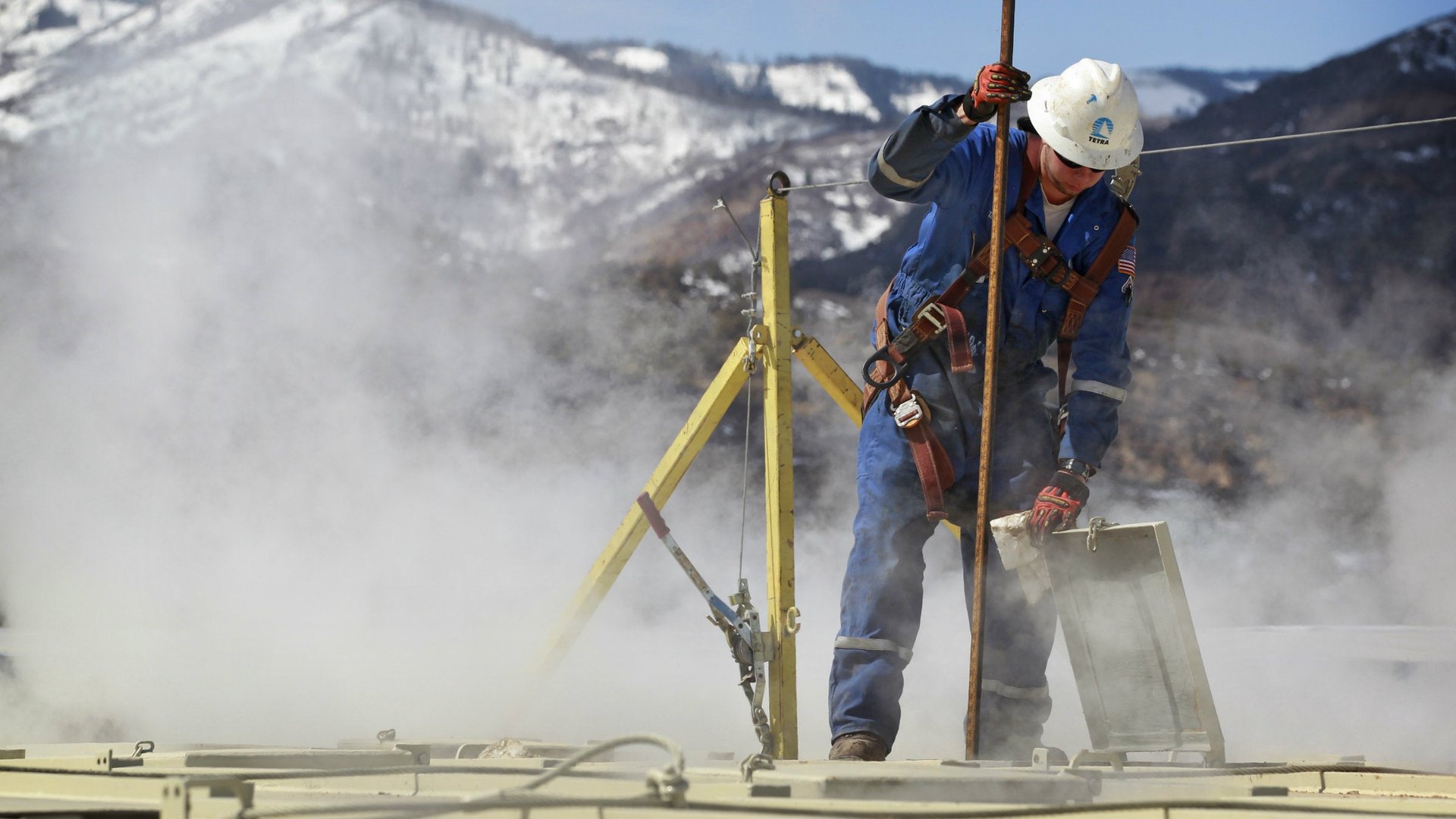Why you should be cautious about the next oil boom forecast that you hear
If you go by futures traders, global benchmark crude oil five years from now will sell for $90.77 a barrel, or 12% below the current price of about $104 a barrel. That view aligns with that of a large body of analysts who believe that the global oil boom, led by the US shale revolution, will deflate average oil prices for years to come.


If you go by futures traders, global benchmark crude oil five years from now will sell for $90.77 a barrel, or 12% below the current price of about $104 a barrel. That view aligns with that of a large body of analysts who believe that the global oil boom, led by the US shale revolution, will deflate average oil prices for years to come.
But Bernstein Research says that such pricing disregards the exploding costs of oil drilling. In a note to clients, Bernstein says that the cost of producing the most expensive barrels of Brent crude on the market—a key metric known as the “marginal cost of production”—rose by 13% over the last year, to $104 a barrel from $92 a barrel.
The problem is that, according to oil field economic theory, when the price of crude falls below the marginal cost for a sustained period, drillers will start to reduce their production, or delay planned projects. And they will continue to withhold supply until the price recovers.
As long as oil field costs keep rising, suggests Bernstein’s Neil Beveridge and his team, any plunge in prices will be short-lived. Since costs are unlikely to drop, prices will have to go back up.
Who is right—those forecasting low prices, or Beveridge’s team? We won’t know for several years. But the debate suggests caution when we hear yet another announcement of the fantastic bonanza to come.
The Bernstein note is interesting in parsing how the high-cost-low-price contradiction will impact companies. To do so, Beveridge’s team created a database of 50 of the largest non-OPEC oil and gas companies in the world. One takeaway is that the oil majors—ExxonMobil, Chevron, Shell—seem at least hypothetically insulated from a world of lower prices.
Bernstein estimates that the marginal cost of Exxon’s production is just $37.50 a barrel, Shell’s is $42.90, and Chevron’s $43.60. So even if oil futures traders are correct and Brent prices fall to $90.77 a barrel in June 2018, these companies have a big cushion before they are threatened by rising costs.
Some of the likeliest folks to squawk will be Canadians. As a group, they are paying astronomical production prices at the margin. That of Nexen (recently purchased by China’s CNOOC) is $113.80 a barrel. Penn West is $104.20. Enerplus is $101.50. Talisman’s is a whopping $122 a barrel.
Canada’s costs are important because the industry has forecast that the country’s production will double to 6.7 million barrels a day by 2030, a key contributor in the oil boom scenario. But if this surge is clipped by Canadian companies taking their production off the market, prices would be more likely to resemble the Bernstein scenario.